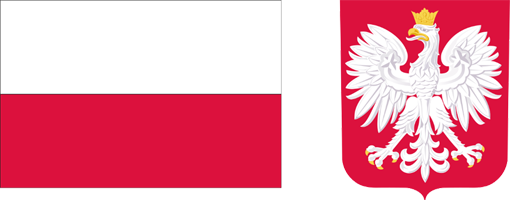Current issue
Archive
About the Journal
Aims and Scope
Editorial Board/Editorial Team
List of reviewers
Publishing process
Publishing Ethics and Malpractice Statement
Personal data protection (GDPR)
Creative Commons License
CrossRef Member / Similarity Check
For Authors
Call for papers
Guidelines for authors
Submitting a manuscript through the editorial system – step by step
For Reviewers
Peer review process
Guidelines for reviewers
Submitting a review – step by step
Contact
RESEARCH PAPER
THE LEVEL OF LABOUR PROFITABILITY AND DEVELOPMENT OPPORTUNITIES OF FARMS IN POLAND
1
Instytut Ekonomiki Rolnictwa i Gospodarki Żywnosciowej - Państwowy Instytut Badawczy
Submission date: 2019-03-11
Final review date: 2019-03-25
Acceptance date: 2019-06-07
Publication date: 2019-06-25
Zagadnienia Ekonomiki Rolnej / Problems of Agricultural Economics 2019;359(2):28-42
KEYWORDS
ABSTRACT
This article proposes the classification of farms of natural persons according to the level of farm income per unit of work of a farmer and farmer's family members. One hour of family labour was adopted as such unit. According to this criterion, farms were divided into three classes. In the first one, the unit income is lower than the average payment for employed labour in agriculture. In the second one, this income is higher than the average payment for employed labour in agriculture but lower than the average payment for labour in the national economy. Farms of the third class allow earning income higher than the average payment for labour in the national economy. Those from the first class are called auxiliary farms, from the second – transitional, and from the third – developmental.
The research included a panel of 5471 farms with economic size above EUR 4 thousand SO and covered by the monitoring of the Polish FADN in 2009-2017. The average share of auxiliary, transitional and developmental farms in the analysed period amounted to 31.2%, 12.1% and 56.5%, respectively. Auxiliary and transitional farms did not show the ability to develop. Developmental farms showed this ability. It was estimated on this basis that in 2016 there were 147.2 thousand of them in Poland, which means that the share of this group in the national population of farms owned by natural persons was 10.6%.
Share
RELATED ARTICLE
We process personal data collected when visiting the website. The function of obtaining information about users and their behavior is carried out by voluntarily entered information in forms and saving cookies in end devices. Data, including cookies, are used to provide services, improve the user experience and to analyze the traffic in accordance with the Privacy policy. Data are also collected and processed by Google Analytics tool (more).
You can change cookies settings in your browser. Restricted use of cookies in the browser configuration may affect some functionalities of the website.
You can change cookies settings in your browser. Restricted use of cookies in the browser configuration may affect some functionalities of the website.



